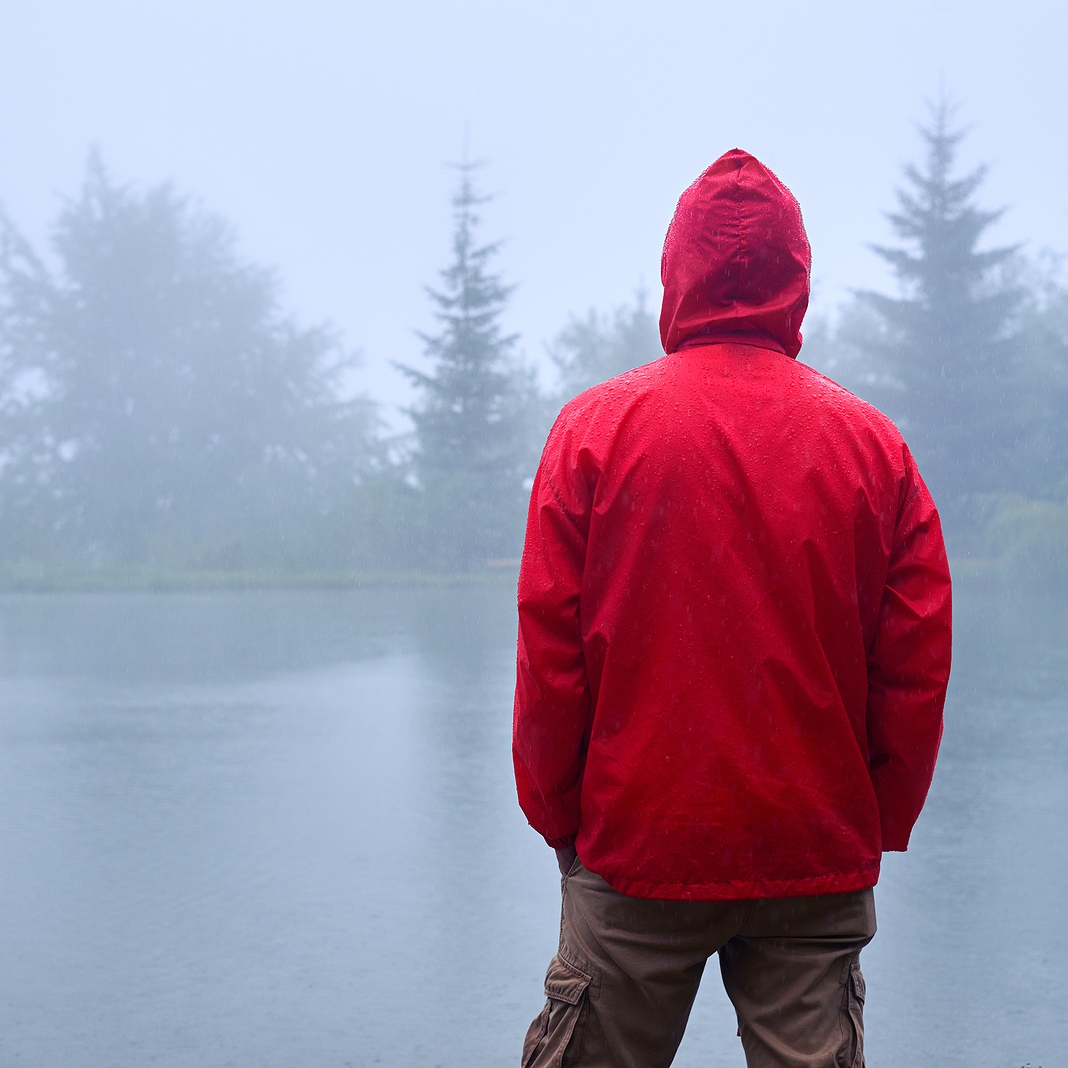Outdoor enthusiasts know that unpredictable weather conditions can turn a pleasant hike or camping trip into a soggy ordeal. One crucial element that can make or break your outdoor experience is the waterproofing of your clothing. In this comprehensive guide, we delve into the importance of waterproofing in outdoor apparel, shedding light on why it matters and how it can enhance your adventures. From understanding the technology behind waterproof fabrics to practical tips for maintaining gear, let's explore everything you need to know to stay dry and comfortable in the great outdoors.
Why Waterproofing Matters
When you're out in nature, whether trekking through the mountains or exploring dense forests, staying dry is essential for both comfort and safety. Waterproofing in outdoor clothing plays a pivotal role in shielding you from the elements, be it rain, snow, or sleet. Without adequate protection, moisture can seep through your garments, leading to discomfort, chills, and even hypothermia in extreme cases. Additionally, damp clothing can weigh you down, hindering your mobility and overall enjoyment of outdoor activities.
Waterproofing technology has evolved significantly over the years, with outdoor apparel brands like Arc'teryx leading the way in innovation. By incorporating advanced materials and construction techniques, these brands strive to offer garments that not only repel water but also allow moisture from sweat to escape, keeping you dry from both external and internal sources. This breathability is key to maintaining a comfortable body temperature during high-intensity activities, preventing the dreaded clammy feeling that often accompanies traditional rain gear.
Understanding the nuances of waterproofing can empower outdoor enthusiasts to make informed decisions when selecting gear for their adventures. From the type of fabric used to the waterproof rating of a garment, there are various factors to consider to ensure optimal performance in different weather conditions and activities. By investing in quality waterproof clothing, you're not just buying apparel; you're investing in comfort, safety, and the ability to fully immerse yourself in the beauty of nature.
The Technology Behind Waterproof Fabrics
At the heart of waterproof outdoor clothing lies innovative fabric technologies designed to repel water while allowing moisture vapor to escape. One of the most commonly used materials in high-performance outdoor apparel is Gore-Tex, a waterproof and breathable membrane that revolutionized the industry when it was introduced decades ago. Gore-Tex is renowned for its durability and weatherproofing capabilities, making it a go-to choice for adventurers seeking reliable protection in challenging environments.
In addition to Gore-Tex, there are other proprietary waterproof membranes used by leading outdoor brands like Arc'teryx, each with its unique features and advantages. These membranes are often combined with outer fabrics treated with durable water repellents (DWR) to enhance water resistance and prevent saturation. The synergy between these components results in garments that offer superior waterproofing without sacrificing breathability, allowing you to stay dry and comfortable throughout your outdoor pursuits.
When shopping for waterproof clothing, it's essential to understand the various technologies available and how they differ in terms of performance and suitability for different activities. While Gore-Tex remains a benchmark for waterproofing excellence, newer innovations continue to push the boundaries of what's possible in outdoor apparel design. By staying informed about the latest advancements, you can make educated choices that align with your specific needs and preferences.
Maintaining Waterproof Gear
Ensuring the longevity and performance of your waterproof outdoor clothing requires proper care and maintenance. Over time, exposure to dirt, oils, and environmental factors can compromise the effectiveness of waterproof membranes and DWR coatings, leading to reduced water repellency and breathability. Fortunately, with the right approach, you can prolong the life of your gear and preserve its waterproofing properties for years to come.
One of the most critical aspects of maintaining waterproof gear is regular cleaning. Dirt and grime can accumulate on the surface of your clothing, clogging pores and inhibiting breathability. To clean your garments effectively, use a gentle detergent specially formulated for technical fabrics, and avoid harsh chemicals or fabric softeners that can degrade waterproof coatings. Machine washing on a gentle cycle with lukewarm water is usually sufficient, followed by a thorough rinse to remove any detergent residue.
In addition to cleaning, periodically reapplying DWR treatments can revitalize the water-repellency of your outdoor clothing. Over time, DWR coatings wear off due to friction, abrasion, and exposure to the elements, but they can be restored with products specifically designed for this purpose. Simply follow the manufacturer's instructions for application, ensuring thorough coverage of the fabric's surface, and allow the garment to dry completely before use.
Proper storage is also essential for preserving the waterproofing of your gear when not in use. Avoid cramming wet or damp clothing into tightly packed spaces, as this can promote mold and mildew growth and compromise the integrity of waterproof membranes. Instead, hang your garments in a well-ventilated area to air dry completely before storing them in a cool, dry place away from direct sunlight.
Conclusion
In conclusion, understanding the importance of waterproofing in outdoor clothing is crucial for anyone who enjoys spending time in nature. Whether you're hiking, camping, or skiing, having gear that can withstand the elements is essential for staying dry, comfortable, and safe. By investing in high-quality waterproof apparel and taking steps to maintain it properly, you can ensure that your outdoor adventures are enjoyable and worry-free, regardless of the weather conditions. So next time you're gearing up for an outdoor excursion, remember the significance of waterproofing and choose gear that will keep you protected, so you can focus on making memories in the great outdoors.
